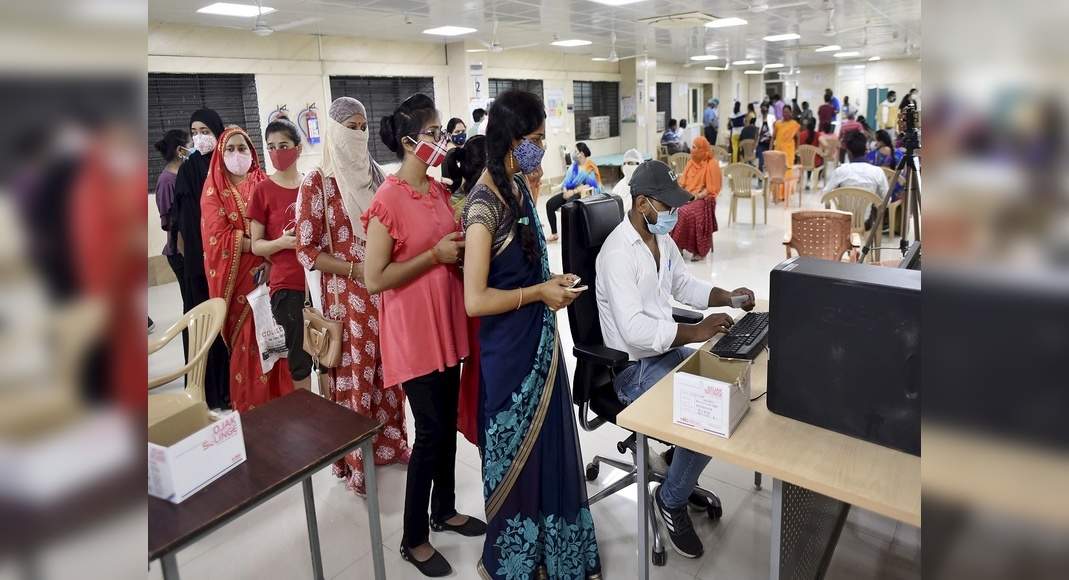NEW DELHI: For every 1,000 men vaccinated in India so far, only 854 women have received the shot.
This gender skew could have been attributed to there being fewer women than men in the adult population.
However, the skew in vaccination in most states is much worse than in the adult population.
Kerala and Chhattisgarh are the only states where more women than men have been vaccinated.
In Chhattisgarh, the sex ratio of the adult population is 1,013 women for every 1,000 men, but in the vaccinated population, the proportion of women is even higher — 1,045 women for every 1,000 men.
Though Kerala has the highest proportion of women in the vaccinated population (52.2% or 1,087 for every 1,000 men), this is less than the sex ratio of adult population, which is 1,126.
Women’s lack of agency, inability in many cases to book a slot on CoWin on their own and lack of independent mobility are important reasons that could explain this skew.
But there seem to be other factors too.
In states with high vaccination coverage, for instance, the gender skew among the vaccinated is much lower.
In Himachal Pradesh, women are almost 50% of those vaccinated.
It also has the highest vaccination coverage in the country of over 38% of adult population.
In Rajasthan, where the coverage is almost 30%, women constitute almost 48% of those vaccinated despite the state having an adult sex ratio of 906.
That low vaccination coverage could mean a higher gender skew is borne out by states such as UP, Punjab, Bihar and West Bengal.
In UP, where only 12% of the adult population has been vaccinated, though the adult sex ratio is 936, among the vaccinated it’s just 746.
Similarly, in Bihar where only 13% of the adult population has been covered, the sex ratio among those vaccinated is 810 in a state with an adult sex ratio of 923.
As coverage approaches 100%, the skew will more accurately reflect the gender imbalance in the adult population.
One of the exceptions to the pattern is Jammu & Kashmir, where 32% of the adult population has been given a shot and yet there are just 711 women vaccinated for every 1,000 men.
The UT’s adult sex ratio of 913 is much better.
The explanation is perhaps a substantial chunk of the vaccinated would be security forces, almost all men.
The next lowest sex ratio in the vaccinated is in Delhi, where women were just 42% of those vaccinated or just 722 for every 1,000 men.
This illustrates a different pattern — a pronounced gender skew in almost all big cities, probably for the presence of a large population of male migrant labour.







